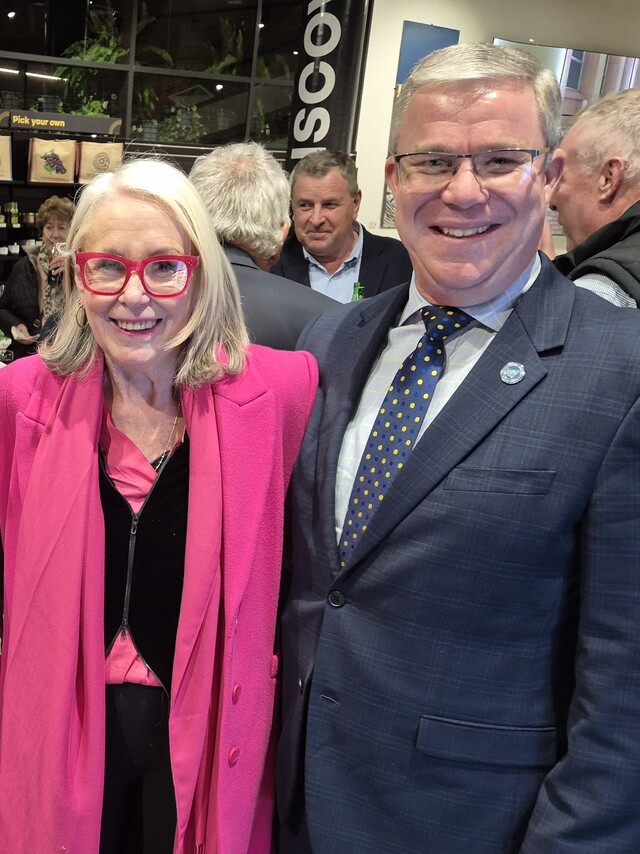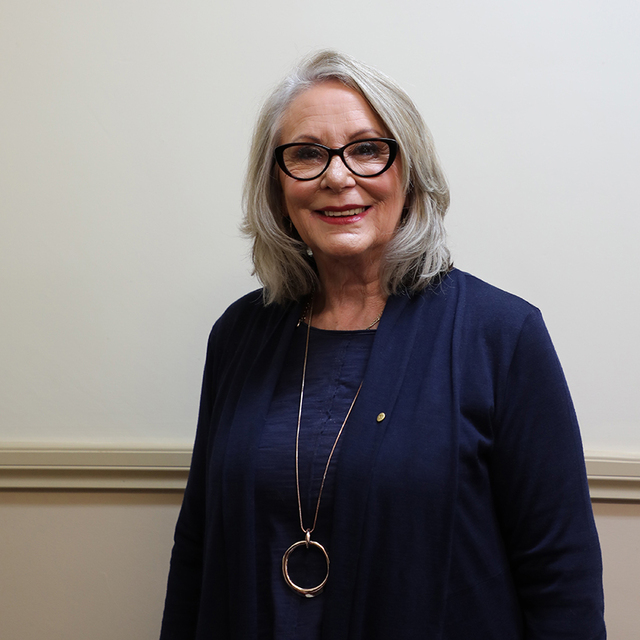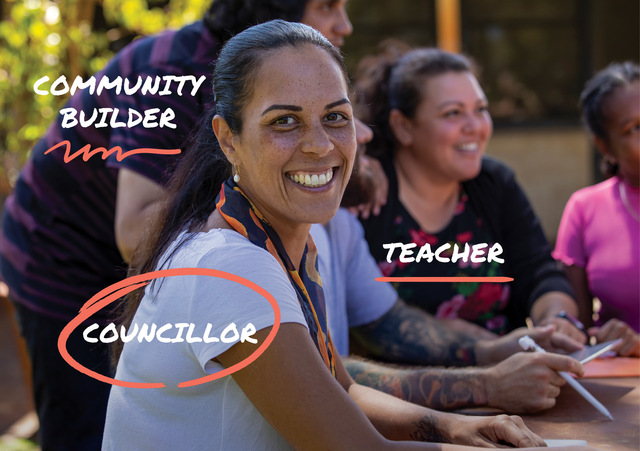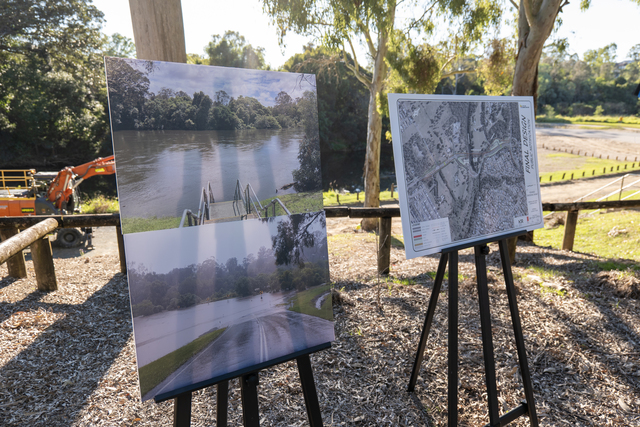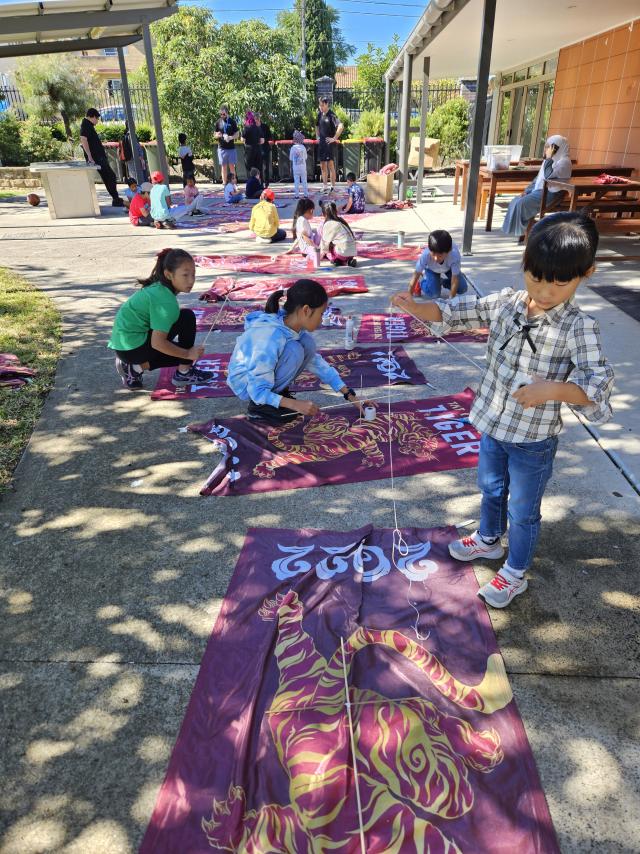The Mosman peninsula contains some 143 hectares of bushland. Mosman Council controls about 39 hectares, Sydney Harbour National Park covers around 88 hectares and the Sydney Harbour Federation Trust controls another 20 hectares. While small compared to the bushland in other jurisdictions, the bushland reserves controlled by Mosman Council are important habitat areas. They are an important part of the fabric of bushland, both in Mosman and the overall Sydney Metropolitan Region.
Mosman’s CEC has enabled the expansion of its existing Bushland program through more areas of bushland being regenerated and an additional bushland officer being employed. Bushland areas have benefited from ‘integrated projects’ being undertaken at Taylors Bay, Lawry Plunkett Reserve and Beauty Point.
The small size of Council’s bushland reserves and their proximity to urban areas makes them vulnerable to threats including weed invasion, stormwater damage, and changed fire regime. Council actively manages many of its Bushland reserves to counter these threats through a combination of paid bush regeneration contractors and local Bushcare volunteers.
Bushland Management Contracts
These are managed on a catchment basis – one contractor manages all reserves in Port Jackson catchment, and another manages all reserves in Middle Harbour. As a result of CEC funding, the number of bushland reserves under contract has risen from ten to twenty. A review of the first year of the catchment based contracts was completed in February, and recommended that the contracts be renewed for a further three years. The conclusions from the report show that the contract specifications are being met and on ground work is in accordance with the specifications.
The recent drought has had a severe effect on both natural regeneration and reduced weed germination. However, with recent rains in Sydney, weed germination is evident but the rains have also have also had beneficial effects on natural regeneration at all sites under management.
Replanting
With rapid weed growth mainly in the more degraded areas of bushland, in April Council purchased and planted some native tubestock in non resilient weed infested bushland areas. In all, 2,300 tubestock representing 35 species have been grown from seed collected from Mosman’s existing bushland areas. Although a few large tree species will be planted, these will be strategically planted so as not to impede the views of local residents.
Areas will be weeded when they are planted out with tubestock. The timing of the plantings has been ideal for available soil moisture, while the air temperature is still adequate to expect proper establishment of the tubestock. These conditions should prepare the plants for the upcoming winter months and all tubestock is expected to flourish and successfully compete with the weeds when the weather warms up in Spring.
The plantings will be maintained as part of Council’s ongoing commitment to bushland regeneration.
Phytophthora
Phytophthora is becoming an important management issue in Sydney bushland. Phytophthora is a soil borne fungus that attacks the roots of native vegetation, and it is believed to be responsible for the dieback of Angophoras, the famous ‘Sydney Red Gums’ in bushland around Sydney Harbour. Council’s recent decision to implement protocols for prevention of the spread of Phytophthora was discussed with contractors and introduced on all work sites at the start of July. The Bushland Restoration Contractors understand fully the seriousness of this particular problem and have been very cooperative in complying with Council’s request for them to follow the guidelines set out by the Sydney Royal Botanic Gardens.


